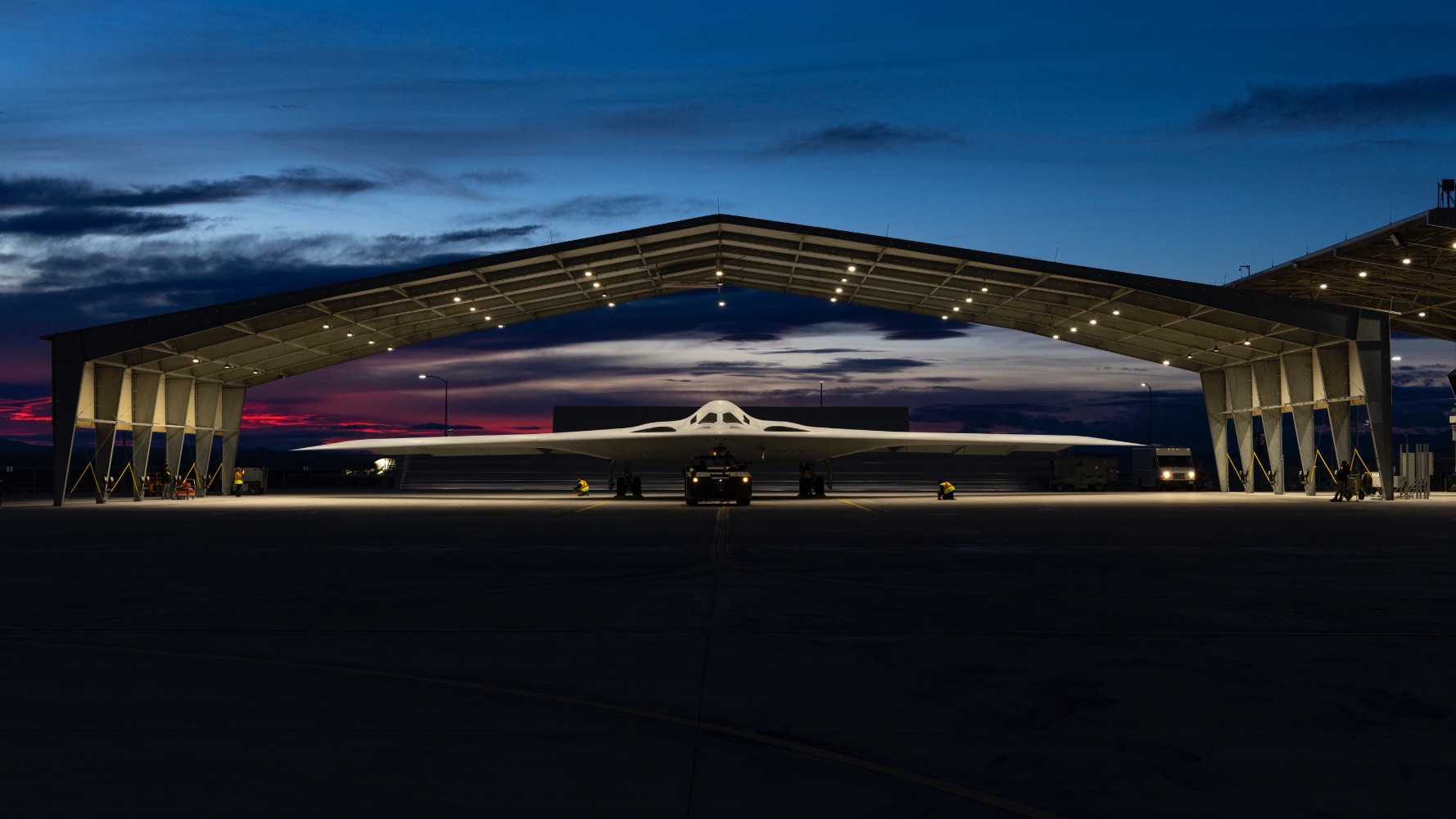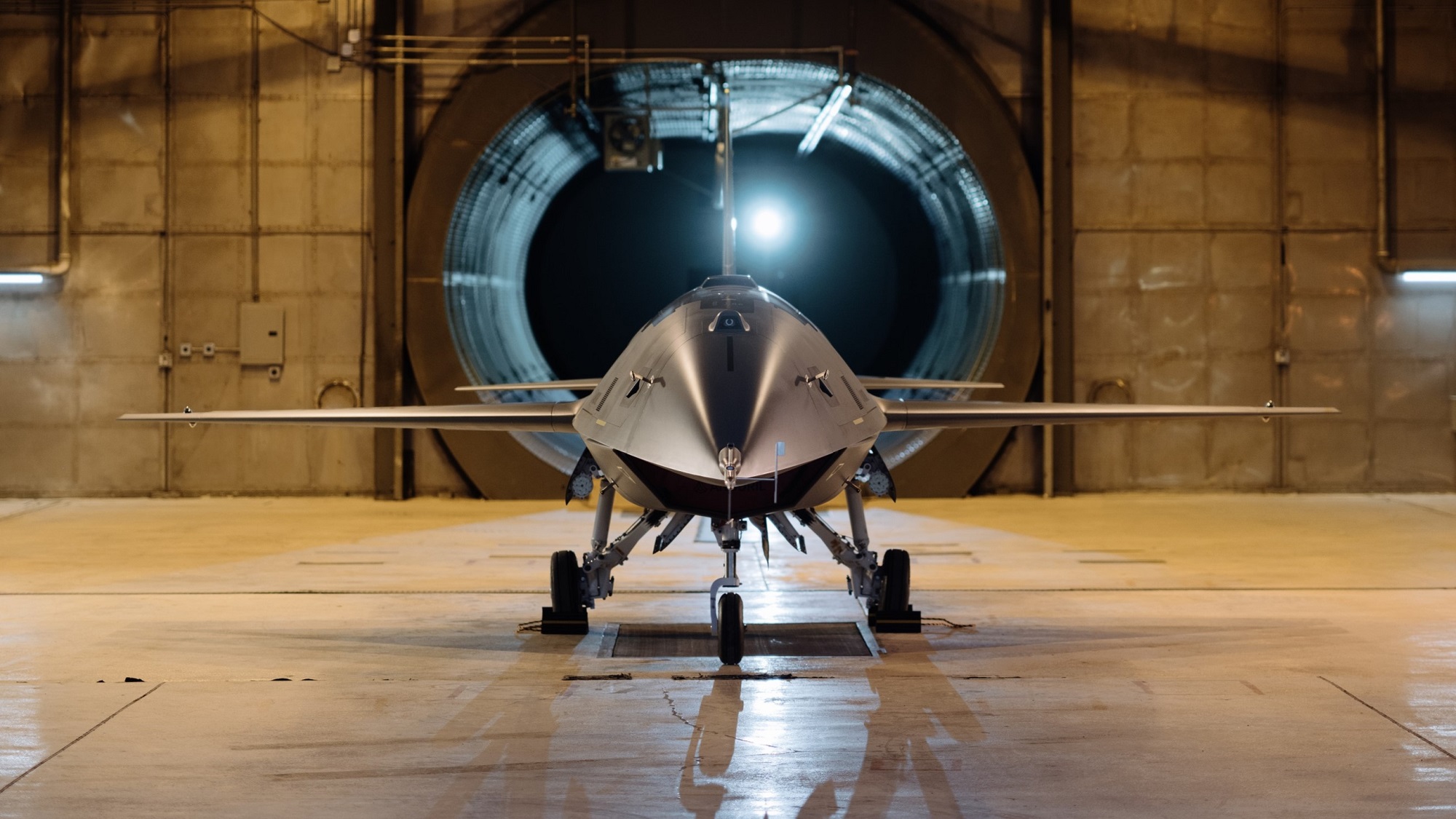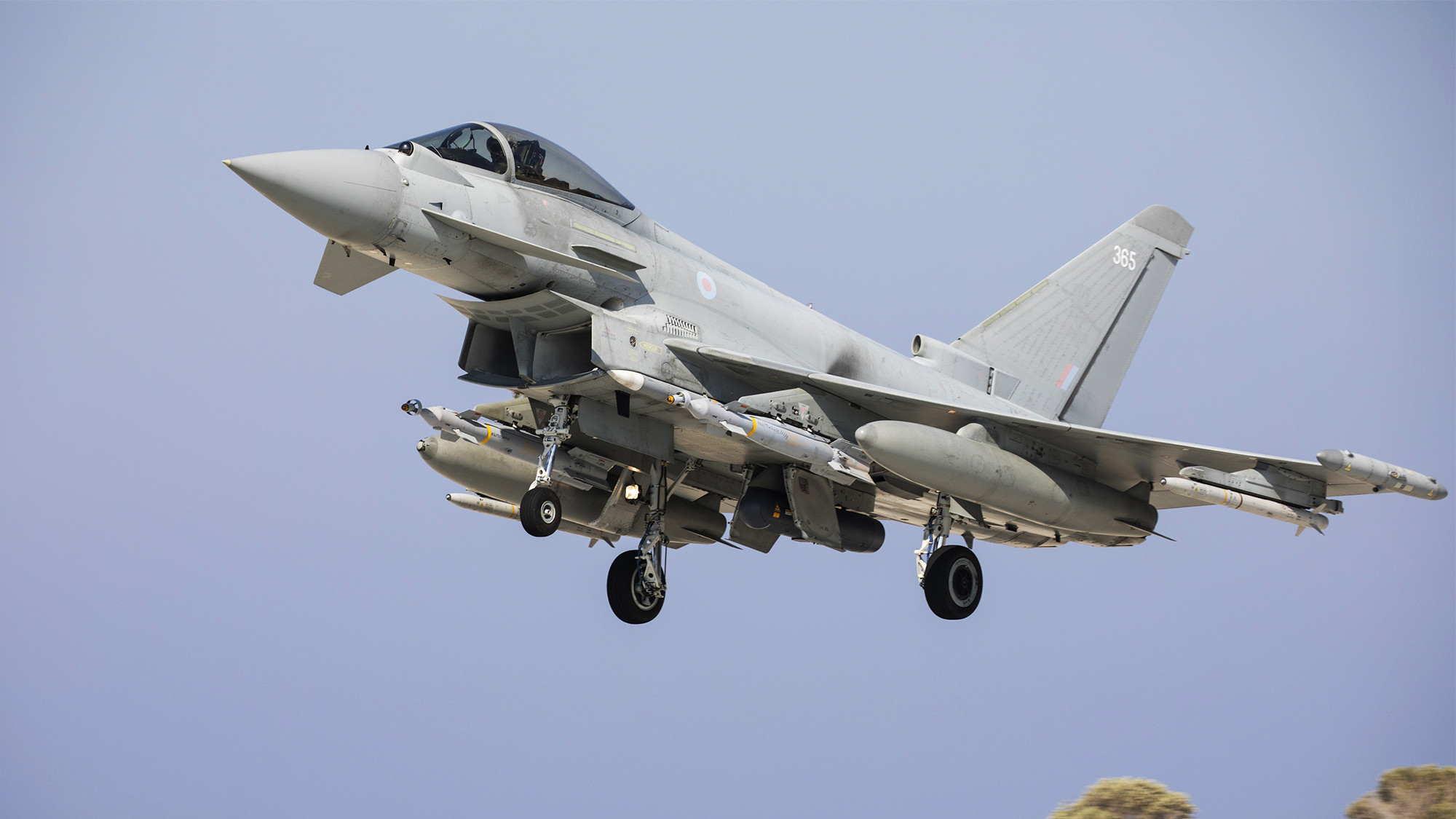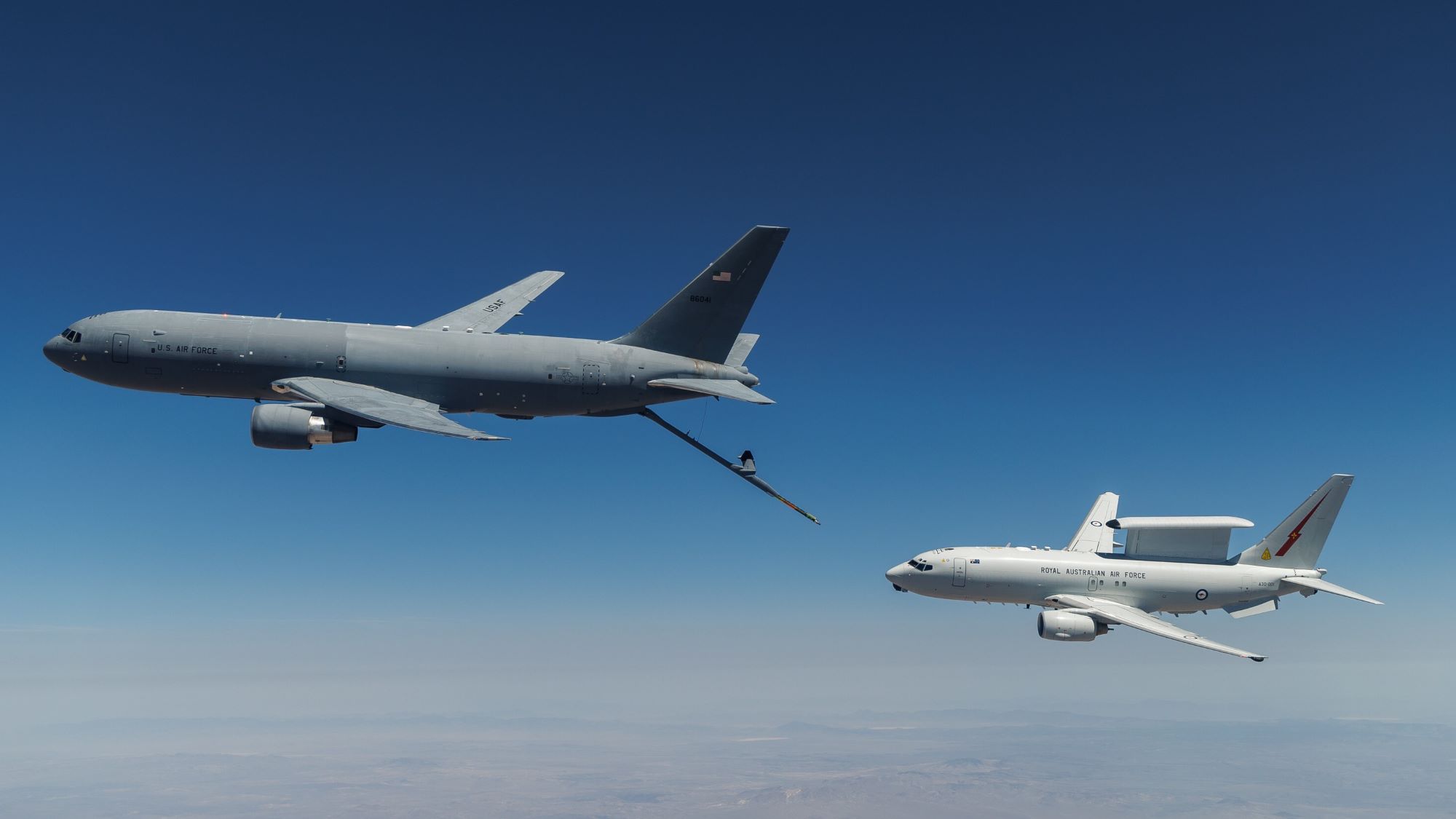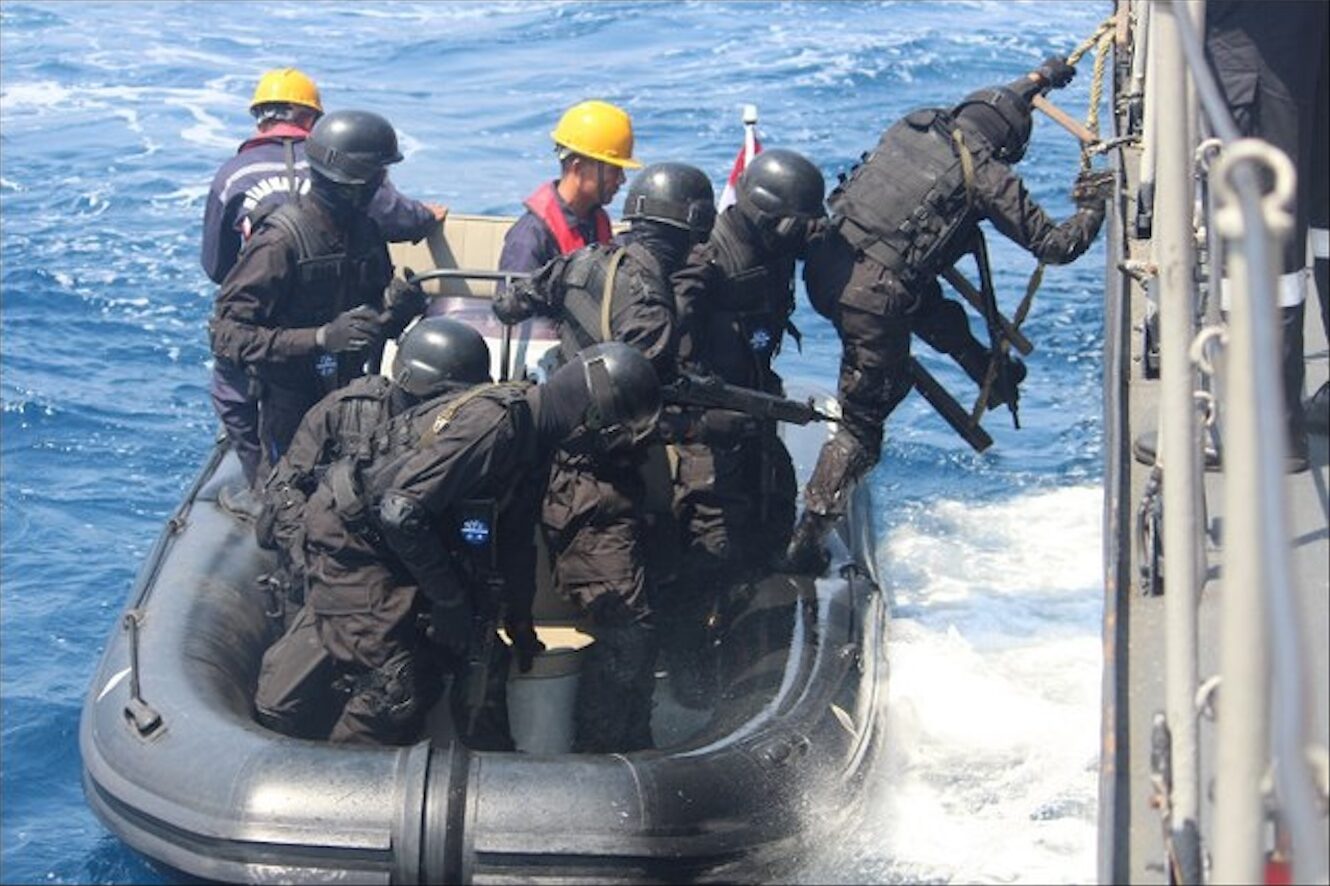Supply chain crisis forces airlines to get creative with aircraft parts
Engine issues, production backlogs, and labor and parts shortages have airlines and aircraft lessors scrambling to maintain operational readiness. The post Supply chain crisis forces airlines to get creative with aircraft parts appeared first on FreightWaves.

The commercial aviation industry is navigating a serious supply chain crisis, leading airlines and aircraft lessors to adopt innovative strategies to maintain operational readiness. Recently, aircraft lessor Azorra partnered with Delta Material Services (DMS) to dismantle an Airbus A220-300 for spare parts, marking the first such occurrence for this relatively new aircraft model. Although dismantling modern aircraft is uncommon, this situation underscores the severity of the ongoing component shortage.
At the heart of the crisis are persistent issues concerning Pratt & Whitney’s PW1500G engines, widely used in the Airbus A220 fleet. These engines, despite their efficiency, have faced frequent reliability concerns, resulting in numerous inspections and prolonged maintenance periods. With multiple aircraft grounded due to such complications, the demand for available spare engines and parts has grown significantly.
Beyond specific engine-related challenges, manufacturers are experiencing dramatic backlogs in aircraft production, intensifying constraints across the sector. According to Alton Aviation Consultancy’s latest analysis, narrowbody aircraft — which are the backbone of airlines’ short- and medium-haul services — now face delivery delays of nearly a decade.
Moreover, widebody aircraft production has also slowed, leaving airlines facing waits of seven to eight years for new deliveries. In turn, airlines have been compelled to adjust fleet strategies, opting to extend the useful life of existing aircraft to cope with prolonged delivery timelines.
The MRO impact
This extension of aircraft lifespans has directly impacted the maintenance, repair and overhaul (MRO) industry, resulting in significantly heightened demand precisely as MRO providers themselves face severe operational constraints. Skilled labor shortages remain a central challenge as many technicians exited aviation during the pandemic and have not returned, creating a workforce gap that could take years to mend.
Training new aviation maintenance personnel is a long process, and the marked increase in maintenance requirements has overwhelmed existing capacities, prolonging maintenance downtimes substantially. These challenges extend maintenance downtime significantly and complicate securing aircraft parts to keep these aged aircraft flying safely.
Exacerbating these operational delays are shortages in essential aerospace materials like titanium, a situation driven largely by geopolitical disruptions in traditional supplier regions. Sanctions on primary exporters like Russia have forced manufacturers to seek alternative suppliers, leading to procurement challenges and increased costs. Given these constraints, airlines and lessors are increasingly exploring unconventional solutions, like the recent A220 dismantling, to temporarily alleviate these mounting pressures by repurposing valuable components.
Despite the challenges, industry observers also recognize potential opportunities created through these constraints. Avolon, one of the world’s largest aircraft leasing firms, has stated that the unprecedented disparity between supply and demand will likely reshape aviation market dynamics over the next decade.
Supply deficits could bolster airline profitability, especially if carriers concentrate efforts on their most profitable route networks and achieve optimal fleet utilization amid capacity limitations. According to Avolon’s analysis, net airline profits could rise as much as 16%, reaching approximately $36 billion by 2025.
Yet the broader economic environment remains uncertain. Typical economic recovery cycles last four to six years, and the current expansion is already well into its fifth year, suggesting potential economic downturn risks. Europe’s economic growth is showing early signs of stagnation, and broader geopolitical instability introduces additional volatility.
Related:
Airbus postpones rollout of A350 freighter until late 2027
The post Supply chain crisis forces airlines to get creative with aircraft parts appeared first on FreightWaves.







































































































